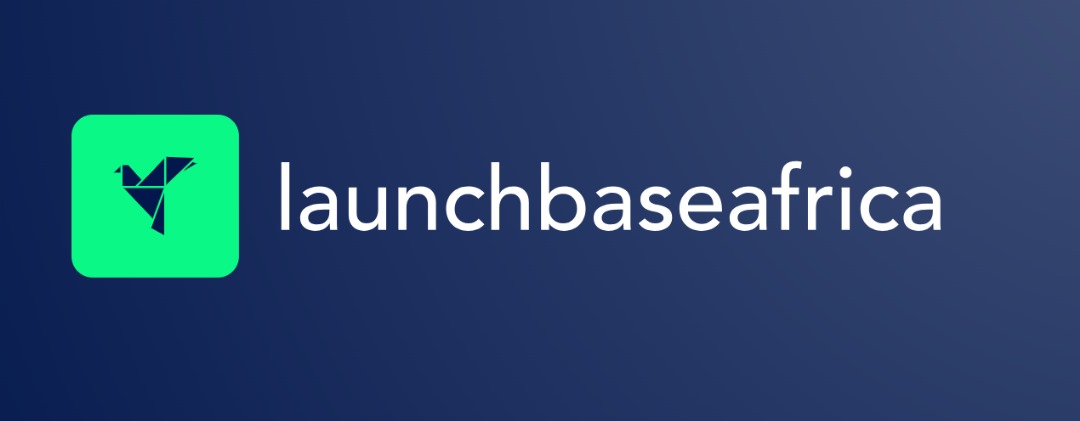For the past decade, African agritech has been sold on a compelling narrative: mobile technology could help millions of smallholder farmers “leapfrog” traditional agricultural constraints by bundling inputs, credit, and market access into seamless digital platforms.
But a comprehensive new report reveals a glaring vulnerability in this model. While startups have succeeded in improving farm productivity and connecting farmers to markets, they have largely failed to protect them against the single biggest risk they face: catastrophic climate shocks.
The headline finding is stark. A five-year study[pdf] by impact investor Acumen, which surveyed over 5,700 farmers working with 11 portfolio companies across sub-Saharan Africa, found that just 4% of smallholder farmers served by these startups have any form of insurance.
This “4% problem” represents what the report calls a “resilience gap” — a multi-billion dollar hole in the foundation of African agritech that threatens both the farmers who depend on these platforms and the startups that rely on them for supply.
The data behind the findings
The Acumen analysis is one of the most comprehensive examinations of the link between farmer resilience and startup viability in African agriculture. The report, seen by Launch Base Africa, draws on data from prominent agritech companies including Kenya’s SunCulture and Kentaste, Ghana’s Farmerline, and Nigeria’s Tomato Jos.
The research framework measures resilience across three dimensions: adaptive capacity (whether farmers are changing practices to cope with climate change), transformative capacity (access to resources like credit and training), and absorptive capacity (ability to handle sudden shocks).
Agritech startups scored well on the first two measures. But on absorptive capacity — the ability to recover from floods, droughts, or pest outbreaks — the results were dismal.
“Of the three pillars of resilience that we measure, we see that a farmer’s ability to absorb climate shocks is the biggest challenge for agribusinesses,” the report states. “When a climate shock occurs, companies are unable to significantly improve a farmer’s access to the financial resources that would help them cope and recover.”
Without insurance, when disaster strikes, farmers default on loans, startups lose expected supply volumes, and the financial damage cascades through balance sheets.
What’s working: The bundled services model
Despite the insurance gap, the Acumen report makes a compelling case that the core agritech thesis is sound. The data validates what founders have long argued: bundled services work far better than single-product offerings.
Farmers who accessed multiple services from a company — such as quality inputs, agronomic training, financing, and guaranteed market access — showed dramatically stronger outcomes than those using just one service. They reported major improvements in farming practices, crop yields, income, and quality of life.
A case study of Kentaste illustrates the power of bundling. Farmers who received the company’s full package of training, payment advances, and guaranteed purchase agreements were up to three times more likely to report significant improvements in quality of life, and up to 20 times more likely to feel prepared for the next climate shock, compared to those who received only one or two services.
The portfolio companies analyzed saw collective revenue growth of approximately 2.5 times over the study period. For every dollar of patient capital Acumen invested, these companies leveraged $5.60 in follow-on funding.
“The business case for resilience is theoretically simple: companies can’t grow if their farmer supplier base has been devastated by a climate event,” the report notes.
The offtake imperative: certainty over connection
One of the most operationally significant findings concerns how market access is delivered. The report draws a sharp distinction between providing “market access” and offering “guaranteed offtake.”
Many agritech platforms function as marketplaces, loosely connecting farmers to potential buyers. But the data suggests this indirect approach is insufficient for building resilience.
The report compares two anonymized companies with similar service offerings. Company 1 provided contract-based offtake, guaranteeing farmers at the start of the season that their crops would be purchased. Company 2 offered indirect market access via a digital platform.
The results were striking. Among farmers who experienced a climate shock, 76% of Company 1’s customers recovered and ended up “better off” or the same as before. For Company 2, that figure was just 14%.
“This gap suggests that how market access is delivered matters,” the report concludes. “Contract farming not only boosts incomes, but it also gives farmers the confidence to invest in their farms when they know they have a guaranteed buyer.”
For vertically integrated agritechs like Tomato Jos and Kentaste, which buy directly from farmers, this finding suggests that the purchase contract itself functions as the strongest form of insurance currently available.
The patience premium
The data also challenges the venture capital obsession with rapid user acquisition. The research found a direct correlation between the length of a farmer’s relationship with a company and their resilience.
Almost 20% of farmers in their first year reported not recovering from a climate shock at all, compared to 12% after one year of engagement. Among farmers who did recover, up to 40% of long-term customers (two years or more) were better off after the shock, versus less than 20% of newer customers.
This “tenure effect” was evident at FarmWorks, a Kenyan horticulture company. After launching an enhanced technical assistance program, the proportion of its farmers classified as “resilient” in adaptive practices rose from 54% to 60%. This investment in long-term farmer capability translated into 221% year-over-year revenue growth, and FarmWorks subsequently became a leading vegetable supplier in Kenya.
The implication for founders is clear but uncomfortable: chasing user growth metrics to satisfy investors may be building fragile supply chains. The unit economics of resilience favor deep, sustained engagement over breadth.
Why the insurance gap persists
If insurance is so critical, why has it failed to reach the market? The report identifies several interlocking barriers.
“Most smallholder farmers are unfamiliar with insurance, find it difficult to understand, and distrust claims,” the Acumen authors explain. “They tend to invest in productivity gains, such as solar irrigation to boost yields, over risk mitigation products like insurance. High premiums, complex terms, and slow, opaque payout processes further erode interest.”
Customer acquisition costs for standalone insurance products are prohibitively high for a market where average farm sizes are tiny and profit margins razor-thin. This creates a vicious cycle: low demand and high perceived risk lead insurers to offer expensive, poorly designed products, which further suppresses demand.
The traditional insurance distribution model — built for wealthy markets with formal banking systems — simply doesn’t work for African smallholders.
The embedded insurance solution
The report suggests the answer may lie not in selling insurance as a separate product, but in embedding it within the service bundles that are already working.
“Our analysis shows that while insurance is a critical feature of resilience, its reach and effectiveness expand when embedded within bundled services such as finance, inputs, and market access,” the report states. “Bundling not only strengthens farmers’ overall outcomes, but it is also the practical strategy that makes insurance accessible at scale.”
Acumen has backed this thesis with an investment in IBISA, a parametric insurtech that uses satellite data to trigger automatic payouts when climate events like drought occur. The model is designed to be integrated into existing agritech platforms — attached to input purchases or offtake contracts — rather than sold standalone.
This approach could overcome the trust and complexity barriers. When insurance is automatically included in a service a farmer already uses and values, and payouts are triggered by verifiable data rather than disputed claims processes, adoption becomes frictionless.
The macro headwinds
Even as these operational insights emerge, the sector faces brutal macroeconomic conditions. The report highlights a “fundamental mismatch” between the financing available and what agricultural SMEs actually need.
Sub-Saharan Africa faces an estimated $65 billion working capital shortfall for agriculture, with local interest rates often exceeding 25%. Meanwhile, currency depreciation has been devastating — the median local currency has lost half its value against the dollar since 2019.
There’s also a broader climate finance problem. For every dollar spent globally on climate mitigation (renewable energy, electric vehicles), only 3.5 cents goes to adaptation. Small-scale African agriculture receives what the report calls a “tiny slice of that tiny slice,” despite being the sector most vulnerable to climate change.
This funding environment makes patient, flexible capital — using instruments like revenue-based financing or mezzanine debt rather than demanding rapid equity returns — not a nice-to-have but essential for survival.
The real-world cost
The consequences of the 4% gap are not theoretical. Kentaste’s experience illustrates the direct link between farmer risk and corporate risk.
Between 2021 and 2023, prolonged droughts slashed the yields of Kentaste’s coconut farmers by 38%, directly threatening the company’s supply chain and financial stability. Acumen was forced to lead a bridge financing round to keep the company afloat — a concrete example of uninsured farmer losses cascading into startup distress.
“Without protection against these shocks, even the best-managed companies can find themselves in crisis through no fault of their own,” one investor familiar with the sector told Sifted.
The bottom line
The Acumen report serves as both validation and warning. The validation: bundled agritech services increase incomes, improve yields, and create investable companies. The warning: the entire ecosystem is operating without a safety net.
Acumen is committing $300 million to agricultural adaptation over the next five years, betting that solving the 4% problem will unlock the sector’s full potential. For founders, the message is clear: the startups that successfully integrate shock protection into their service bundles will build the most defensible moats.
For investors eyeing African agritech, the data highlights a clear market gap. There is urgent demand for insurtech solutions that can plug into existing agritech platforms. Until the 4% problem is solved, the sector’s growth trajectory remains hostage to the weather.
The companies that crack this puzzle won’t just be building better businesses — they’ll be constructing the financial infrastructure that African agriculture desperately needs to survive a hotter, more volatile climate.


